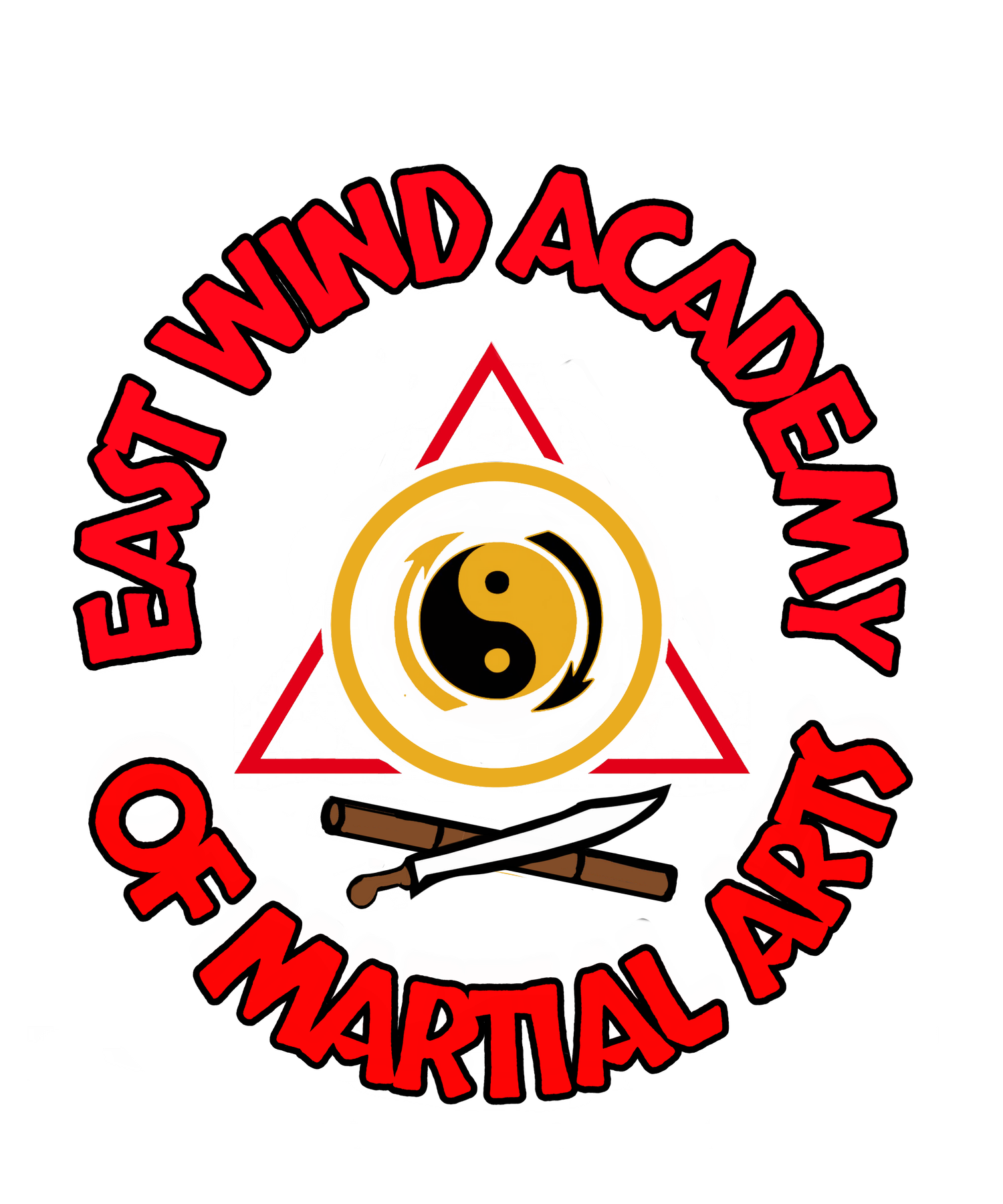Being a better Instructor
What makes a good instructor??
How do we get better??
As always, there is more than just one way to answer to that question. But to begin with here are some things consider.
First thing is compassion. As an instructor you should always have the best interest of the student in mind. And care about them, in class and out. Listen and Get to know the students!! Not every student learns the same. As a matter of fact, here are 4 types of learners…
Visual Learners- Visual learners retain the information better when explanations include pictures, videos or live demonstrations. Even seeing themselves performing the techniques in the mirror will help them pick up the info much faster. With visual learners try to give a more detailed look at the technique. Make every demo as clear and concise as possible so they can see all of the moving parts..
Kinesthetic Learners- Kinesthetic learners have a need to understand what the movements feels like. Once they have that understanding , they can use it to reference all future attempts at the technique they are learning. It’s almost as if they are creating a concrete personal experience with each technique. Using cue words like “feel,” “move,” and “experience” will help them to develop a sense of what the the correct movement is supposed to feel like.
Analytical Learners- Analytical learners approach the techniques in a problem solving fashion. Almost taking a scientific approach to learning. Using words like “analyze,” “why” and “how” will help them understand the movements. When demoing the technique show “why” this is done, “how” the body moves when performing and/or receiving a technique. Then through their own analysis it will begin to make sense.
Auditory Learners- Auditory Learners learn better by sound or rhythms in the movements. Using words like “listen,” “pace” and “tempo” will help them learn the patterns. Tell them to listen to the sounds that the pads make when they are hitting. Or the pace of the clicks they are hearing when hitting kali sticks with their partners. All of this will help them to retain the movements.
Now, how do you know which student is which? Again, GET TO KNOW THEM!… Pay attention to each student, not just the group. And when teaching to a group, try to teach to all types at the same time. Try teaching under the assumption that you have every type of learner in the group. It can be difficult, but it’s definitely worth it. When you see your students discover new skills and build new confidence, you know you are doing your job. Not every student wants to becomes the next great UFC fighter, or wants to be able to take out a horde of ninjas.. They may simply want to become a stronger version of themselves. Some just want to see what the martial arts is all about, and try something new.. We can, and should be willing to help them all find what they’re looking for. They should enjoy the time spent training. After all why should the students continue if they aren’t having fun?? If you have stayed with martial arts long enough to earn your instructorship then you clearly love what you do. Lets help the next generation find that same love for the arts that kept us going all these years…

